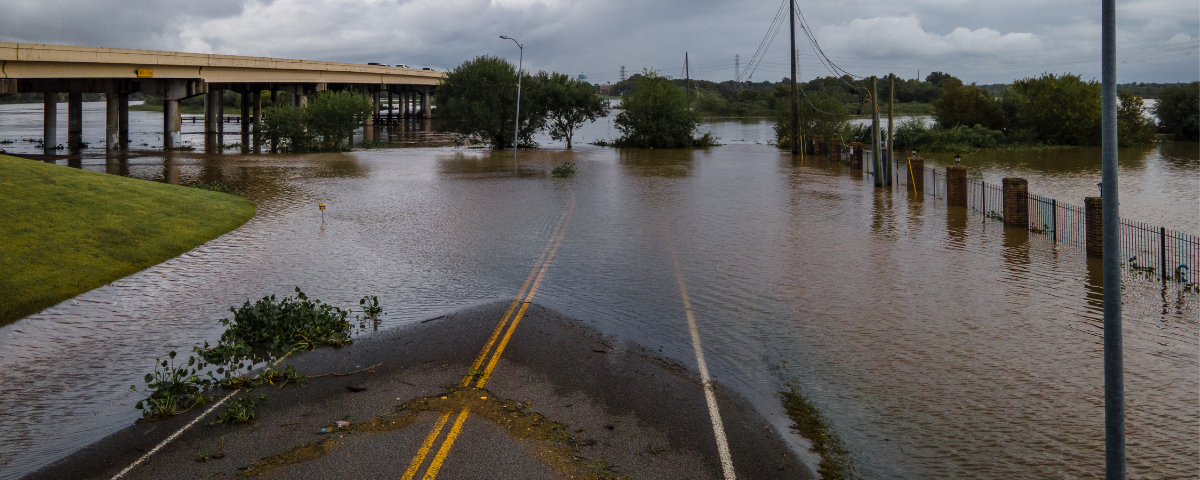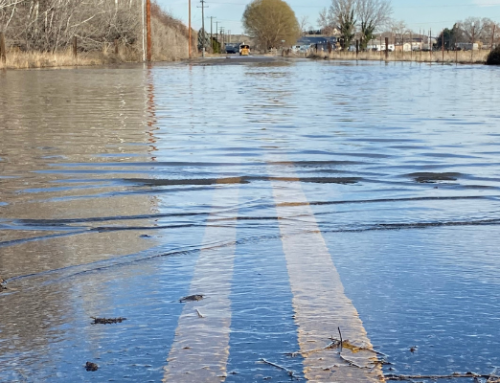Climate change will force organisations and communities to prepare for flood events
The UK is underprepared for the projected increased risk of flooding posed by climate change. That is the key finding from a National Trust sponsored report. Too many organisations only act after a flood happens but the time to prepare is now.
The biggest threat to most homes and organisations is surface water flooding, followed by rivers, the sea, and groundwater. Organisations can also be affected by disruption to utilities and supply chains. There may also be increased risks to people who respond to flood events, plus the potential for pollution clean-up to prolong the disruption.
The frequency and magnitude of flood events will increase
The UK Government assesses the potential impact of flood risks on people, the environment, infrastructure and the economy as ‘significant’. This is the second-highest impact rating possible for any risk.
The 2022 UK Climate Change Risk Assessment reported in a 2°C warming scenario annual damages from flooding for non-residential properties across the UK is expected to increase by 27% by 2050 and 40% by 2080. In a planet warmed by 4°C this increases to 44% and 75% respectively.
Given these projections and the relative unpreparedness of the UK, there is a responsibility on the whole of society to make changes to improve our resilience to flooding. This reinforces the Environment Agency call to “adapt or die” through organisations and society investing in adaptation and preparation, rather than living with the costs of clean-ups.
Climate change is projected to increase the frequency and magnitude of extreme weather, leading to increased flooding.
River flows will be more extreme. Peak flows are expected to be up to 27% higher in the 2050s, while in the summer months river flows could be 82% lower by as soon as 2050. This suggests we will have dryer summers with burst of intense rainfall, increasing the risk of surface water flooding, as seen in London during the summer of 2021.
In the winter there will be an overall increase in rainfall and intensity, increasing the risk of groundwater and surface water flooding. These variations in rainfall have a direct impact on rivers and in the winter months will increase the risk of fluvial flooding. The expected sea level rise will increase the risk of coastal flooding and exacerbate fluvial flood risk in costal locations. The risk of flooding from all sources is expected to increase.
Improving flood resilience starts with a risk assessment
To determine the flood risk of a location, a flood risk assessment can help to identify the risk of a location by assessing the following features:
Hazard – The hazard the site is exposed to
Exposure – The vulnerability of the site and features that increase risk
Control Measures – The risk reduction measures that decrease the risk
The overall resilience to flood can be increased through bespoke management solutions based on the assessment. To reduce the risk effectively a combination of property specific mitigation and adaptation solutions are needed.
Typical solutions include flood defences, resilient and recoverable design, natural flood management, maintenance, training education and awareness, warning systems and flood response plans.
There is no one size fits all solution. A comprehensive approach to flood risk management requires preparedness, mitigation, response, and recovery.
We are here to help
If you are concerned about how this affects you and your business and would like support in assessing your needs, we are here to help. Please do get in touch for confidential advice and guidance.
This article was adapted from an article by Zurich which can be found here.






